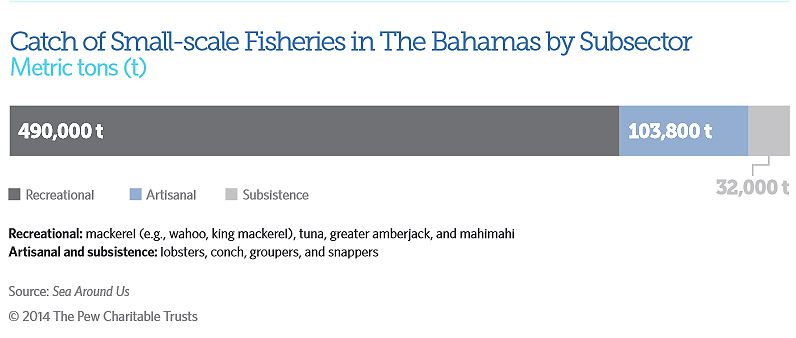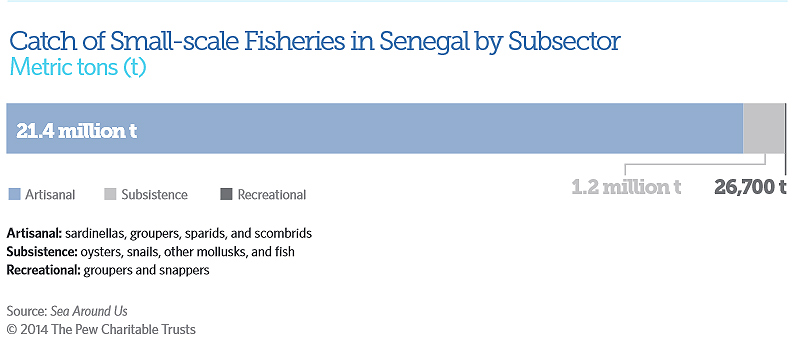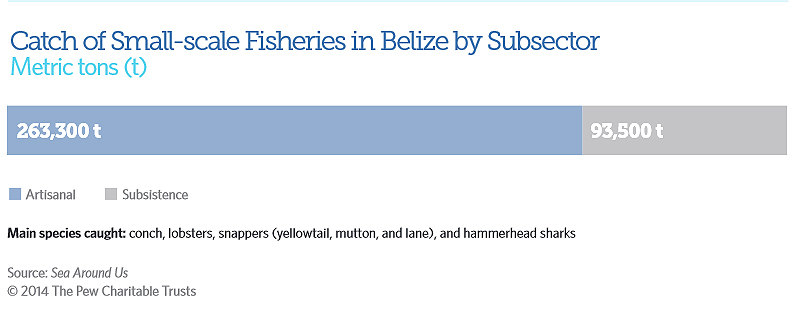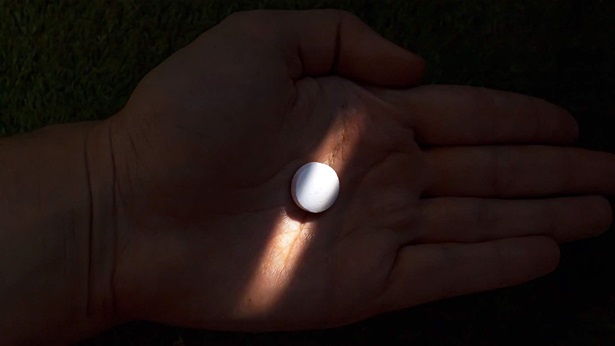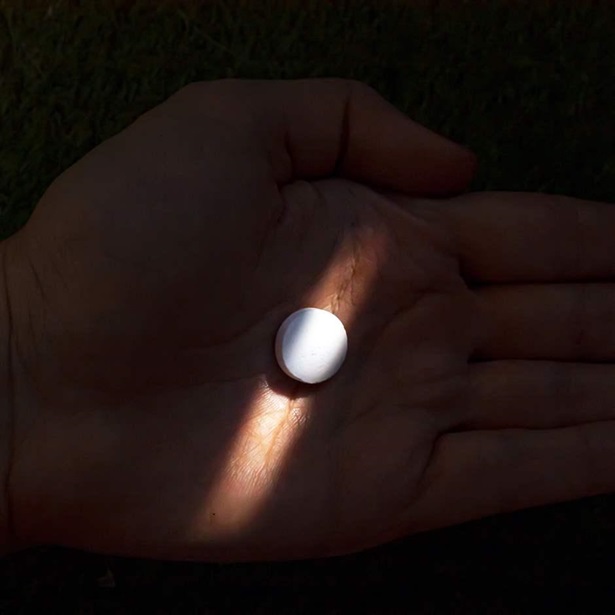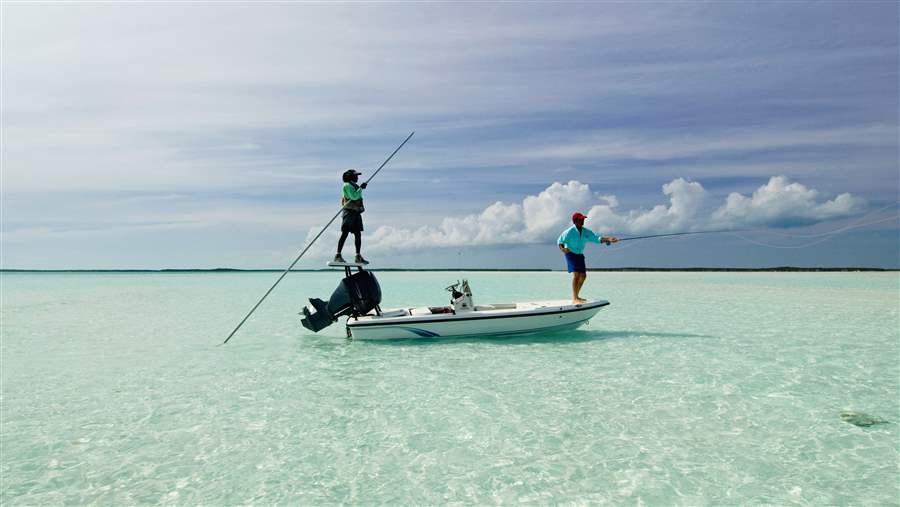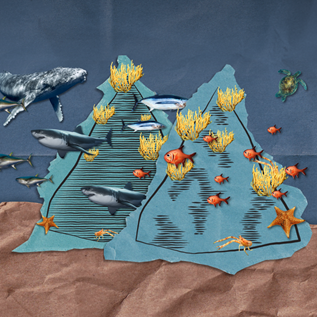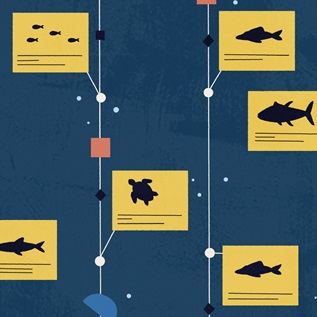Reconstructing the Catch Of Small-scale Fisheries
Overview
To manage fishing, it is important to know what is being caught. But it is often challenging to collect thorough, accurate catch data for small-scale fisheries. A method called catch reconstruction offers a way to estimate catch using supplemental data to help build an understanding of this crucial but underrepresented sector.
Catch reconstruction uses a broad range of information—including government data, scientific literature, and expert knowledge—to estimate the current and historic catch of small-scale fisheries. These estimates are not a substitute for the global data reported by countries to the U.N. Food and Agriculture Organization. Rather, they are a supplement that can indicate important trends and provide guidance on how best to improve data collection.
The following shows how researchers from the Sea Around Us project of the University of British Columbia, in collaboration with local experts and researchers, reconstructed catch of small-scale fisheries for The Bahamas, Senegal, and Belize and the ways in which the data could be used to better manage the fisheries.
The Bahamas
Tourism is the main industry in The Bahamas, and it drives a large recreational fishery for open-water fish such as mackerel, mahimahi, marlin, and tuna. But official data cover only commercial fishing, and these are known to be underreported because officials cannot track and survey all landing sites throughout the archipelago.
Next steps
Catch reconstruction may be helpful in improving Bahamian fishery data because it points to the great importance of recreational fishing, which removes a large biomass and targets large-bodied fish. Larger, older fish are critical to reproduction in many species.
Methods
To reconstruct the catch for 1950 to 2010, researchers used the following methods:
- Recreational: Government data on the number of tourist fishers were multiplied by 80 percent of the catch limit to estimate catch. For 1950 to 1985, before limits, they assumed catch was twice the 1986 limit.
- Artisanal: The artisanal (i.e., small-scale commercial) component was assumed to be all commercial catch other than spiny lobsters, the only large-scale fishery. To estimate catch, government experts estimated the adjustment needed in official statistics for each year and species. For example, catch was increased by 3 percent for black stone crab, 10 percent for groupers, and 15 percent for snappers.
- Subsistence: Government experts made conservative estimates of per-capita consumption for the various island groups. They assumed that the rates declined starting in 1980 as alternative food became available. Researchers multiplied the rates by the population of each island group to calculate catch.
Senegal
Senegal has abundant marine resources, and small-scale fishing accounts for the large majority of the catch that is landed domestically. Small-scale fishing is also a vital source of food and employment, yet a catch reconstruction published in 2013 suggested that it is substantially underreported. Artisanal catches from Senegalese waters are decreasing despite increasing effort, suggesting overcapacity.
Next steps
Senegal is working to develop a new approach to expand monitoring to include all landing sites and sectors and to involve fishers in collecting data. It has used catch-reconstruction data to guide these efforts, and official reports now use the reconstructed estimate for illegal fishing.
Methods
To reconstruct the catch for 1950 to 2010, researchers used the following methods:
- Artisanal: Researchers drew on a 2012 official estimate of total artisanal fishing effort in days. They compared this to official data to estimate the rate of underreporting. This rate was used to adjust the official catch upward, by about 67 percent in 2010. Underreporting was known to be more prevalent before 1999, so higher rates were used; the highest was 267 percent between 1950 and 1972 (official data were improved in 1973). Researchers also compiled studies of migrant fishers in order to subtract out foreign catch that was landed in Senegal.
- Subsistence: Researchers used two findings from published studies: a per-capita catch rate of 3.1 metric tons per fisher per year and the number of subsistence fishers—primarily women gleaning for mollusks.
- Recreational: A study in 2008 estimated that 4 percent of tourists engage in recreational fishing. This figure was multiplied by published estimates of tourist visits and an expert estimate of the catch rate.
Belize
Official fisheries data for Belize cover only exports and fish sold through fishing cooperatives. A 2011 catch reconstruction estimated that actual catch is 3.5 times the official tally and showed a decline in the finfish catch for the first time, demonstrating the need for better data. About 95 percent of the catch is from small-scale fisheries.
Next steps
The decline in the finfish catch suggests the need for improved reporting on the catch of small-scale fisheries and periodic surveys of the size, age, and species of fish being caught. Such data would help discern whether the decline is driven by reduced fishing effort or by a decline in fish populations.
Methods
To reconstruct the catch for 1950 to 2010, researchers used the following methods:
- Artisanal: First, for domestic markets, researchers multiplied human population by data on per-capita consumption interpolated from published estimates for 1950, 1992, and 2008. Second, for the tourist market, they used a published estimate of per-tourist consumption along with industry data on tourist visits. Third, for shark catches, they used a published estimate for 2006 and inferred a time series based on a 2007 survey of fishers. Fourth, for exported catch, they extrapolated existing data back to 1950.
- Subsistence: Researchers used human population data plus a 1944 consumption estimate to calculate catch in 1950. This was assumed to decline substantially starting in 1950.
